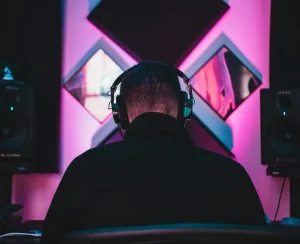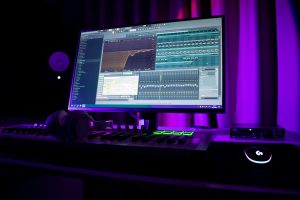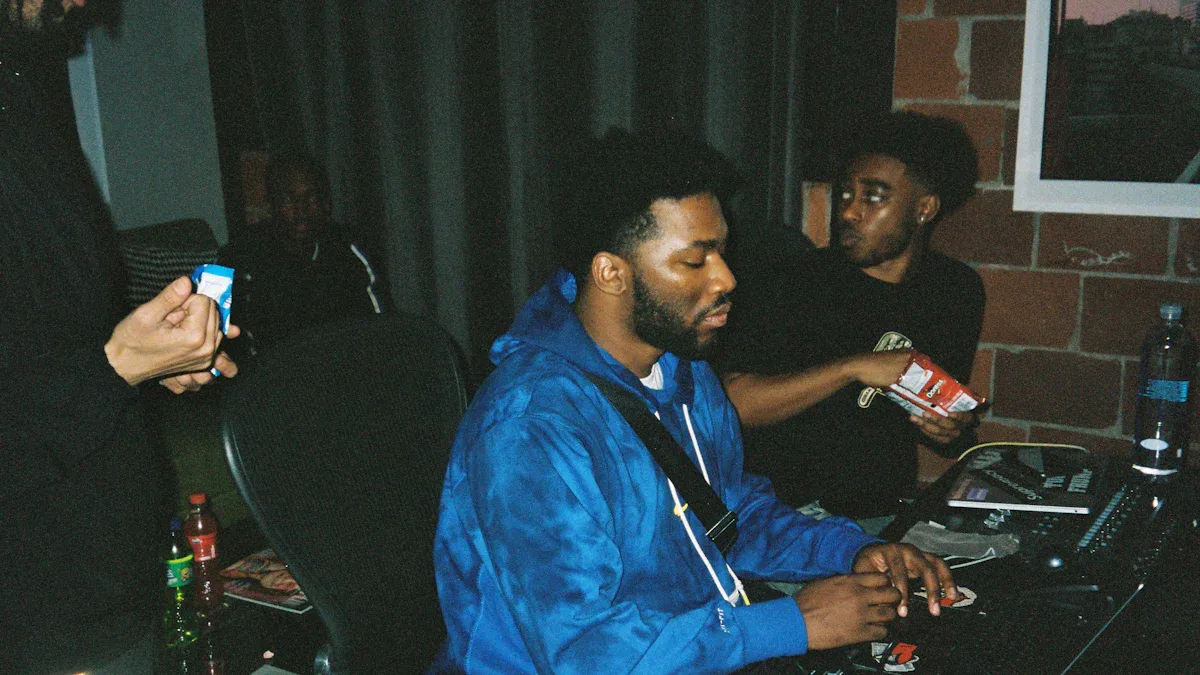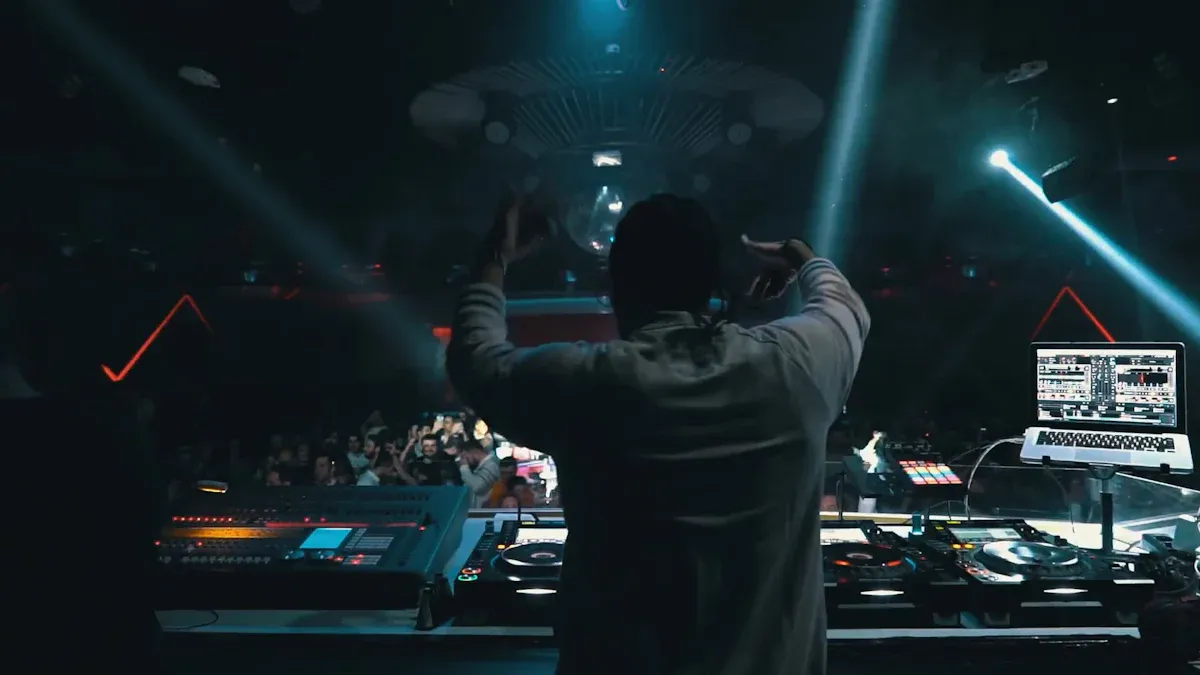Shooting a music video can be an exciting and creative experience. It’s an opportunity to bring an artist’s vision to life while experimenting with different shots, angles, and editing techniques. Whether working with a big budget or keeping it simple, getting the basics right is key to making the entire process more enjoyable and efficient. Let’s break down the essential steps for shooting and editing a music video, focusing on performance shots and quick post-production techniques.
What Are Music Videos?
A music video is a short film or visual presentation accompanying a piece of music, typically a song. It is designed to enhance the listening experience by adding a visual narrative or artistic interpretation to the music. Music videos are a powerful tool for storytelling, branding, and engaging audiences, making them an essential component of the music and entertainment industry.
Music videos are commonly shared on streaming platforms like YouTube, Vimeo, and Vevo, as well as on social media platforms like Instagram, TikTok, and Facebook.
They are also aired on television channels such as MTV, VH1, and regional music networks.
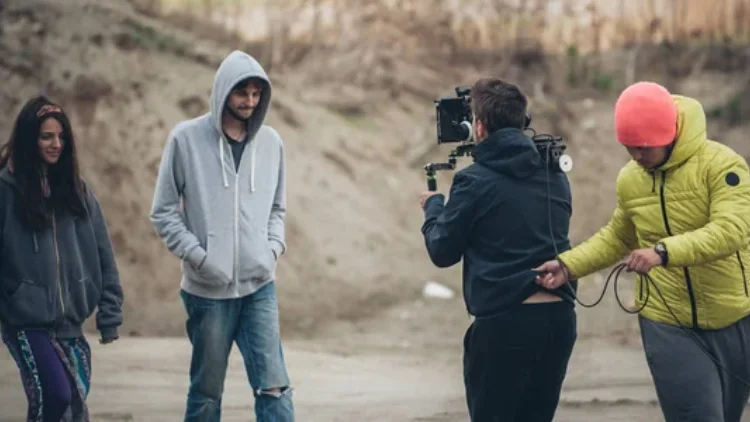
History of Music Videos
Music videos date back to the mid-20th century when artists began combining their music with film or video for promotion. Short “music movies” were shown in theaters and on television.
The launch of MTV in the 1980s revolutionized the music video, making it a core element of pop culture and music promotion. Iconic videos such as Michael Jackson’s Thriller set new standards for storytelling and production quality.
The rise of online platforms in the 21st century, especially YouTube, democratized the creation and distribution of music videos, allowing independent artists to share their work worldwide.
Why Are Music Videos Important?
Enhance storytelling: Music videos add a visual layer to a song that helps convey a deeper meaning, emotion, or narrative.
- Promote artists: They help build an artist’s brand, showcasing their style, personality, and creativity.
- Engage audiences: Eye-catching visuals and memorable performances keep audiences engaged and help songs go viral.
- Amplify reach: Through the power of social media and streaming, music videos can reach millions of viewers, driving streams, sales, and fan engagement.
Professional Tips for Creating Music Videos
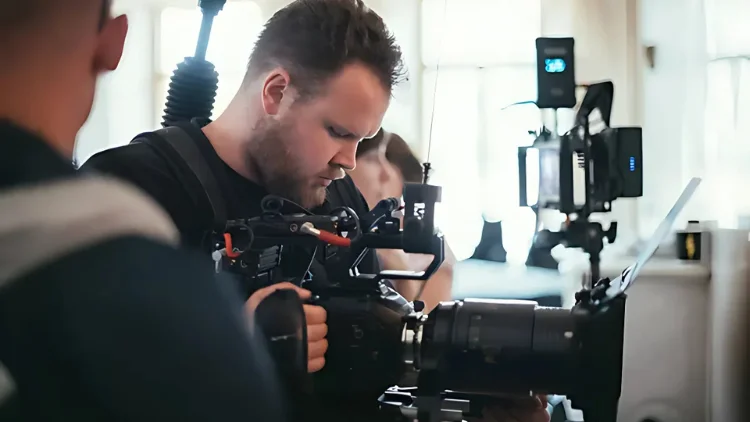
Tip 1: Emphasize Story and Concept
A strong narrative or creative concept can make a music video both memorable and engaging. Collaborate with the artist to develop a storyline that closely aligns with the song’s lyrics and theme. This approach not only adds visual depth but also provides fans with a fresh perspective on the song.
Incorporate symbolic elements, visual metaphors, or non-linear storytelling to create thought-provoking and captivating content.
Tip 2: Work with the Artist’s Makeup and Hair Team
In music videos, the artist’s visual appearance is just as important as their music. Collaborating closely with makeup artists and hairstylists who are familiar with the artist’s style ensures the best possible visual results, while also making the artist feel confident and comfortable in front of the camera.
Tip 3: Prioritize Collaboration Over Direction
A music video is a visual extension of the artist’s work, so maintaining an open, collaborative approach with the artist is essential.
Before the shoot, discuss the video concept, storyboard, and overall visual direction. Encourage the artist to share their ideas and adjust accordingly. This collaborative method helps the artist feel valued and ensures the final product aligns with their artistic vision.
Tip 4: Keep the Camera Moving
Dynamic camera movement can make a music video more visually compelling. Techniques like handheld shots, sliders, Steadicams, or crane shots can add variety and elevate the production quality.
However, every camera movement should serve the story, not just be used for the sake of flair. Avoid overusing camera techniques, as this can distract viewers or detract from the artist’s performance.
Tip 5: Use Lighting to Set the Mood
Lighting plays a critical role in establishing the tone and atmosphere of a music video. Work with professional lighting designers to create setups that complement the song’s emotions and themes.
Experiment with different lighting setups, color temperatures, and shadow effects to enhance the visual depth and storytelling impact.
Tip 6: Capture B-roll and Behind-the-Scenes Footage
B-roll and behind-the-scenes (BTS) footage not only enrich the music video’s content but also serve as valuable material for promotion and marketing.
Capture candid moments, interesting locations, and artistic details to supplement the main performance shots. Use this additional footage to create trailers, promotional content, or engaging BTS videos that boost audience involvement.
Tip 7: Be Prepared for the Unexpected
As with any film production, unexpected challenges can arise during a music video shoot, such as sudden weather changes, equipment malfunctions, or last-minute creative adjustments.
Have backup plans in place and communicate contingency options with your team in advance. Flexibility is key, as unexpected situations can sometimes lead to surprising and brilliant outcomes.
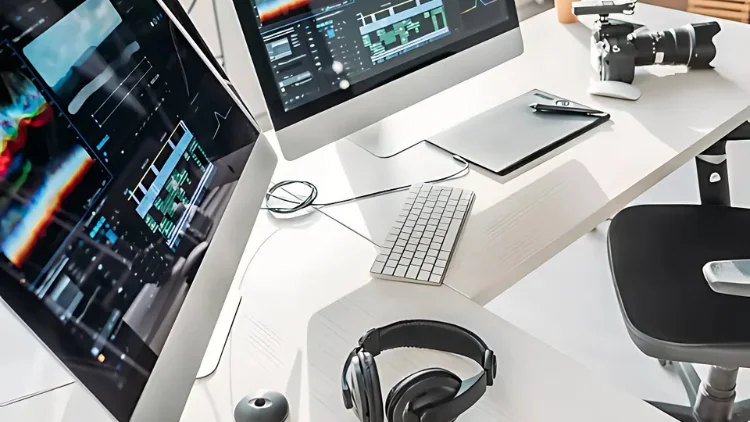
Importance of Background Music
If you are learning how to shoot music videos from a personal vlog or simple video, the above ideas still apply, but you can make adjustments according to the simplicity of the video. In the case of simple music videos, the choice of background music is particularly important.
Using copyright-free music is a key step to ensure that your video can be safely released and avoid copyright disputes. For this reason, Tempolor is your ideal choice.
Advantages provided by Tempolor:
- Copyright-free music library: Tempolor provides a rich and diverse collection of copyright-free music resources to help you choose the right background music for your video.
- AI Music Video Generator Tool: Just upload the short video you just shot, and you can quickly match different styles of tracks with one click to compose the video.
- Source of inspiration: By trying a variety of music styles, you can get more creative inspiration and even find music that perfectly matches the emotion of the video.
Related read: What is Royalty-Free Music?
FAQ
What Are the Steps Involved in Shooting a Music Video?
Shooting a music video involves several key steps:
- Pre-production planning: Develop a concept, create a storyboard, and write the script if needed.
- Location scouting: Find locations that match the video’s theme.
- Talent casting: Select actors, extras, or dancers, depending on the video’s requirements.
- Choreography: Plan and rehearse dance or movement sequences.
- Equipment selection: Choose cameras, lighting, and other gear suitable for the desired effects.
- Filming: Execute the shoot based on the storyboard and production schedule.
- Post-production: Edit the footage, add special effects, and finalize the video.
How to Look Good in a Music Video?
To present your best self in a music video, consider these tips:
- Highlight your best angles: Practice poses and facial expressions that work well on camera.
- Experiment with lighting: Proper lighting enhances features and mood, so test different setups to find what works best.
- Diversify your expressions: Try various looks, from a confident stare to a playful smile, to add character.
- Test shots: Take close-ups and full-body shots during practice to determine your most flattering compositions.
- The key is to relax and let your personality shine through.
What is the Best FPS (frames per second) for Music Videos?
The ideal frame rate depends on the style of your music video:
- 24fps: Offers a cinematic look, ideal for storytelling or artistic visuals.
- 30fps: Delivers smoother motion, suitable for performance-heavy or fast-paced videos.
- 60fps or higher: Perfect for slow-motion effects or highly dynamic sequences.
For most music videos, 24fps is the standard, providing a film-like quality.
Can I Shoot a Music Video With My Phone?
Yes, you can shoot a music video with a smartphone, especially if it has a high-quality camera. However, a phone may not offer the same depth of field, dynamic range, or low-light performance as a professional camera. For more complex projects, professional equipment is recommended.
Read more:

